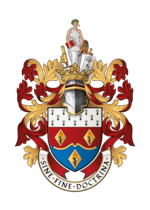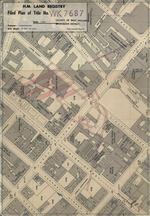Birmingham Stock Exchange
The Birmingham Stock Exchange originally opened in 1845. The imposing offices on the corner of Great Charles Street and Margaret Street, now a Grade II listed building, were home to the city's stock exchange from 1928 onwards, and were the centre of Birmingham stockbroking until their closure in 1986 after the Big Bang. Its function was to raise capital through joint stock issues for manufacturers, mineral extractors and railway companies. The Birmingham Stock Exchange Association was formed in 1845, though an association of share brokers was apparently in existence before that date. It first met in the old Royal Hotel, then, after being held in various hired rooms in Waterloo Passage from c. 1874, it moved in c. 1894 to Newhall Street, where the building in existence in 1955 was opened in 1928.
Excerpt from the Wikipedia article Birmingham Stock Exchange (License: CC BY-SA 3.0, Authors).Birmingham Stock Exchange
Great Charles Street Queensway, Birmingham Ladywood
Geographical coordinates (GPS) Address Nearby Places Show on map
Geographical coordinates (GPS)
| Latitude | Longitude |
|---|---|
| N 52.48153 ° | E -1.904062 ° |
Address
Great Charles Street Queensway 33
B3 3JN Birmingham, Ladywood
England, United Kingdom
Open on Google Maps










